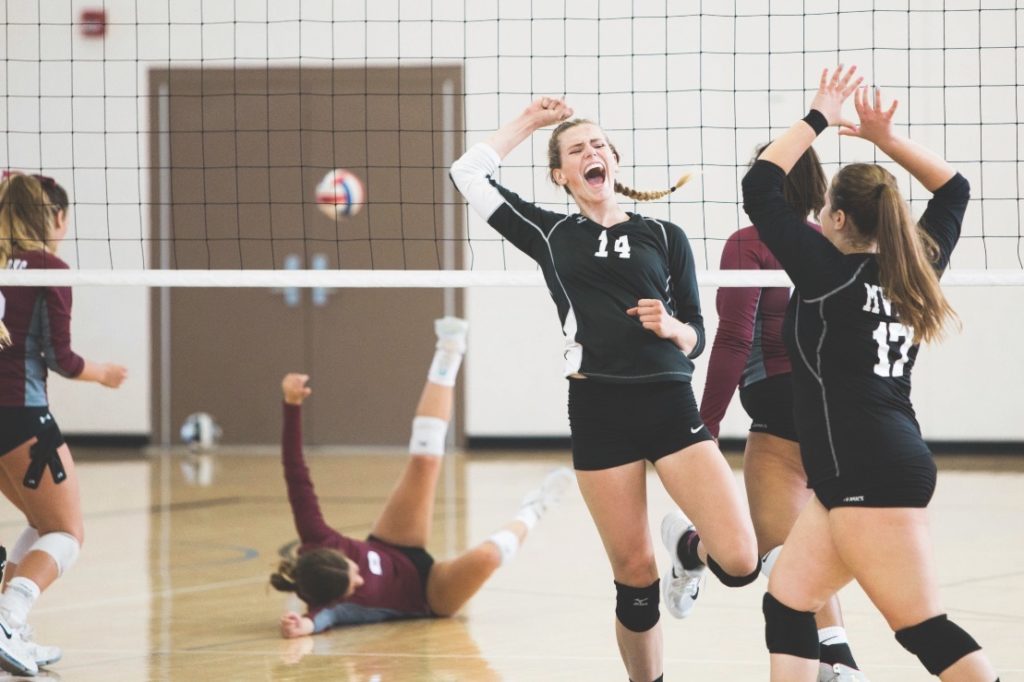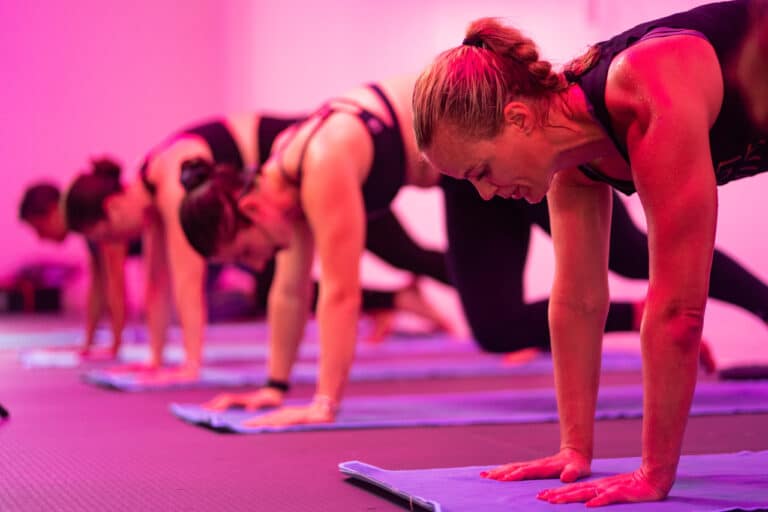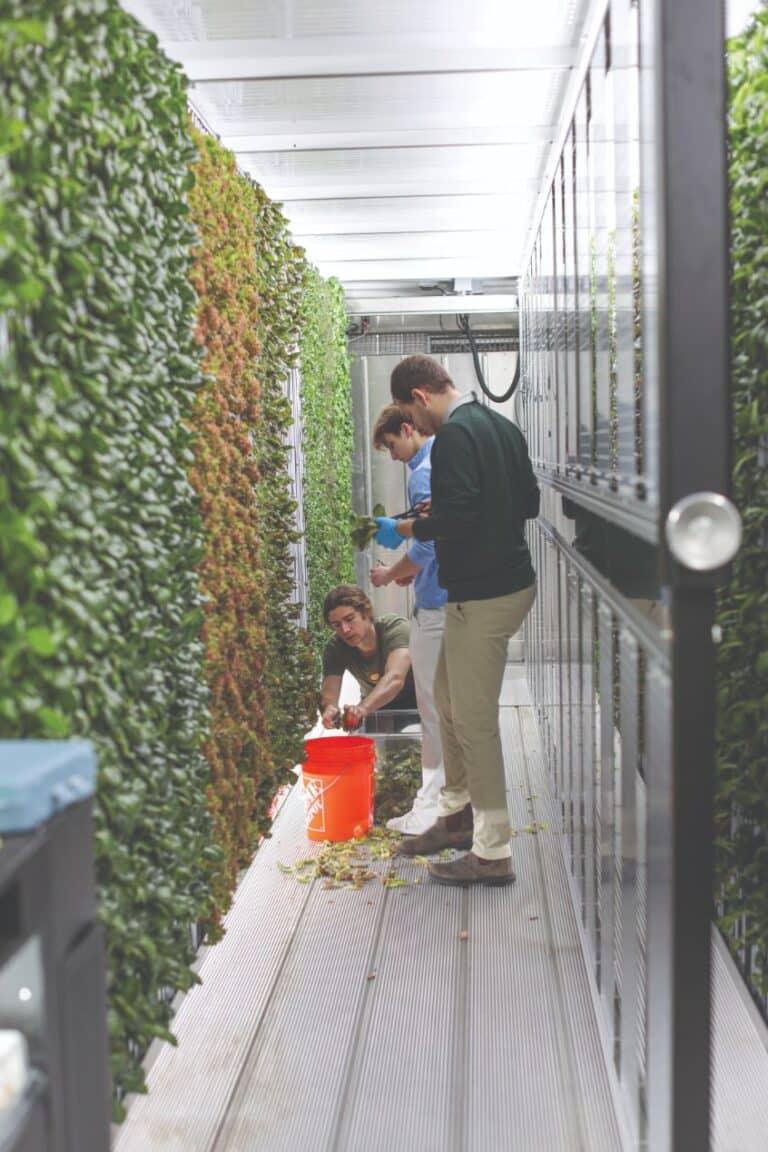Ready for another season of cheering your young athlete on from the sidelines? “Participation in sports, at any age and any level, has many benefits,” says Megan Gleason, MD, with Orthopaedic &. Neurology Specialists (ONS) in Greenwich, Stamford and Wilton, CT, who is board-certified in orthopaedic surgery and sports medicine. “From developing team-building skills and personal confidence to improving physical health, sports can contribute to the enhancement of the mind, body and soul.”
But one question parents might be grappling with is whether their child should put all their focus on one particular sport or participate in a few different ones. To help, we asked the experts for their take.
WHAT IT MEANS TO SPECIALIZE
“Specialization in one sport is loosely defined as an athlete who plays only one sport or participates in one primary sport for more than eight months per year,” explains Gleason. “Specialization can happen at any age and depends on several factors, including accessibility, local culture, geographic location, type of sport (individual versus team).”
For adolescent student athletes—those in middle and high school—Gleason says that they “may focus on one particular sport for several reasons, including personal interest and aptitude, as well as aspirations to continue to play at the college level or beyond. Further, travel leagues offer the opportunity to play year-round, which can create scheduling conflicts with other activities.”
At King School, a school for kids in pre-K through 12th grade in Stamford, CT, Interim Director of School Athlete Health Services Emma Jonsson says that she sees more and more athletes playing one sport all year, both on school teams and one or more travel teams. (There are also, she notes, kids who play just one school sport per year.)
“There seems to be an increased pressure from club and travel team coaches for athletes to choose their sport around the end of middle school age,” she explains. “Then, the athletes are asked to play that sport year-round for their club or clubs.” It also depends on the sport, and, as Dr. Glea- son mentions, she also finds that specialization happens earlier in sports like gymnastics, dance, tennis and swimming.
Moira McCarthy, MD, a sports medicine surgeon at HSS Orthopedics at Stamford Health, also says that athletes tend to fall into two categories: Those who stick with one sport all year and those who diversify. “There are positives and negatives to each type,” she explains. “Specializing in one sport obviously gives you a chance to have more practice at one particular sport and movement. Diversity in your movements gives you a better sense of being an athlete overall. If you diversify when you are young, you can then pick a sport you have a passion for as you’ve tried out all others. Additionally, overuse injuries tend to be lower in athletes who diversify.”

CONSIDERING OVERUSE INJURIES
One of the biggest risks experts pointed to when it comes to focusing on one sport were overuse injuries—especially for younger kids. “Sports specialization at an early age (pre-adolescent) has an increased risk of overuse injuries,” says Gleason. “While children are growing and developing neuromuscular patterns, participation in different sports may protect them from these repetitive-use injuries.”
McCarthy adds, “These can happen in particular with throwing athletes to develop shoulder overuse injuries, swimmers to develop shoulder injuries or patellofemoral pains secondary to over- use, or runners to develop knee pains or hip pain secondary to overuse. From a health perspective, it is probably better to diversify and use different muscle groups in different movements throughout the course of the year.”
But it’s not just physical stress. Gleason also notes, “social and emotional downsides to early specialization, including burnout, social isolation and unrealistic expectations for performance. It is also important to consider nutritional balance in young athletes who are participating in vigorous training during early years of pivotal growth.”
She points out that medical organizations, including the American Academy of Pediatrics and the American Orthopaedic Society for Sports Medicine recommend multiple sport participation until kids are physically mature, discouraging early sports specialization. “Young athletes may benefit from designated rest days during the week and dedicated months off during the year,” she says.
Jonsson had a similar take, saying, “Another aspect of playing multiple sports over the year is that there are natural down periods with no or decreased practice/game time. This provides rest and recovery for a developing body in the young athlete, which in its turn decreases the chance of overuse injury.”

FOCUSING ON PREVENTION
“Injury prevention programs work,” says McCarthy. “All young athletes should be taught certain exercises and how to warm up, cool down and activate muscle groups prior to participating in sports. This will set a good stage for the kids being active throughout their lives without having to deal with significant time off due to overuse injuries.”
And when it comes to these programs, McCarthy says they “can be modified for different types of sports, such as lower extremity injury prevention routine for soccer, basketball and football, or an upper extremity injury prevention routine for throwing athlete, such as baseball and softball players.”
For their part, King School encourages students to play different sports throughout the school year, says Jonsson, who says her advice to parents would be to vary kids’ activities. “We also provide our athletes with an opportunity to do off-season training with our strength and conditioning coaches. They do a great job evaluating each individual’s need with regard to injury prevention training, for example.” Plus, the school gives athletes a chance to learn and implement recovery techniques with yoga movements and meetings with athletic trainers.
But what about the importance of focusing on your sport for college? Gleason points to a 2019 study published in the Orthopaedic Journal of Sports Medicine that looked at sports specialization among NCAA Division I college athletes. “They found that 94.7 percent of athletes had played another organized sport prior to college and 45 percent of athletes played multiple sports until age 16,” she says. “Other studies have shown similar results for team sports.”
And there’s anecdotal evidence to support this as well: At King School, a former top softball player, who also played volley- ball and basketball, walked on to the Division I rowing team at her college. “She had diversified enough, stayed fresh and physically and mentally healthy enough, and understood from all her time on the other teams about what it would take to make this program, even with no specific sport training or background of any kind,” says Micah Hauben, CMAA, the school’s dean of athletics.
Like anything else, it’s important to discuss any concerns or questions with your child’s doctors. Gleason notes that medical organizations like the AAP offer recommendations, not “rules,” as she puts it. “Individual student athletes and their families should seek guidance from their pediatrician and orthopaedic sports medicine physician if they have questions regarding participation and safety as it relates to the athlete’s interest in a specific sport,” she says.
Overall, as Gleason said, sports have a myriad of benefits for kids. “For children, there are great life lessons to be learned with winning and losing, maintaining composure under pressure and sportsmanship,” she says. “We should continue to keep sports enjoyable for children.”




